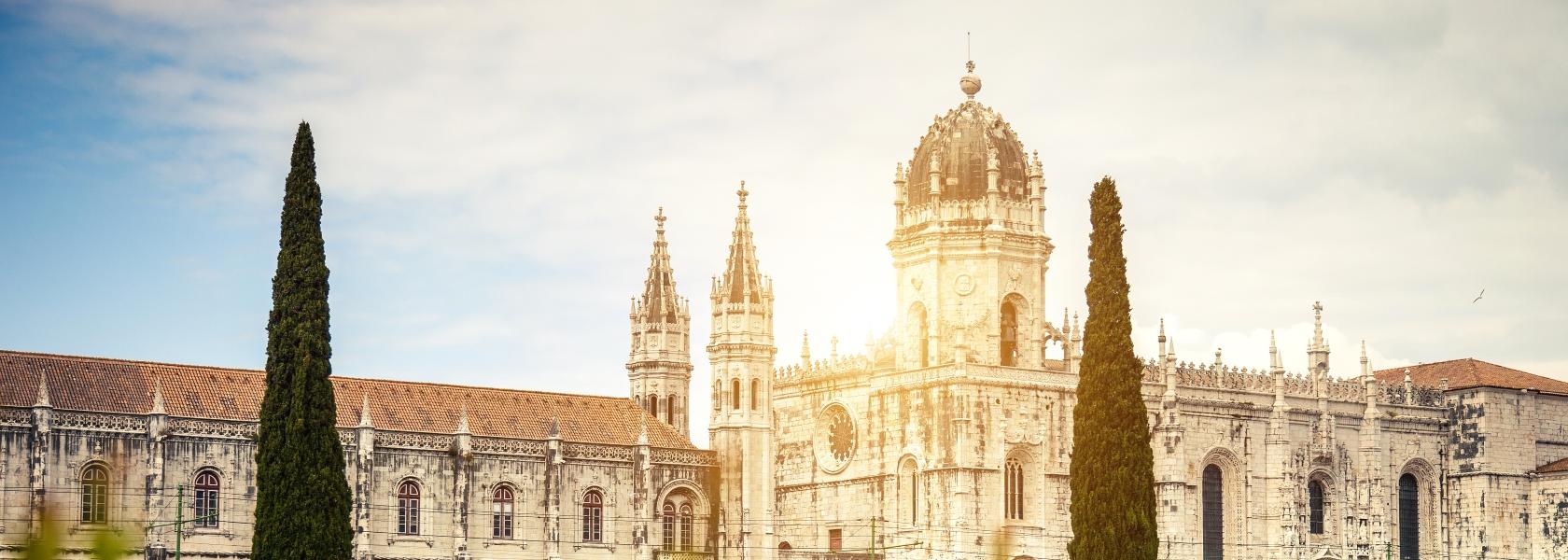TOP 10 EXPERIENCES
For Portugal
2. Visit the Mosteiro dos Jerónimos and munch a pastel de nata
The Jerónimos Monastery is a grand construction built on the order of Dom Manuel I to thank God for Portuguese mariners’ discovery of the sea route to India. Concluded at the end of the 16th century, it contains the tomb of Vasco da Gama, leader of that expedition. It was also the place where, a century earlier, Infante Dom Henrique (Prince Henry the Navigator) had ordered a church built. The monks of the Order of St Jerome (Jerónimos in Portuguese) occupied the building, which became known by the order’s name, although initially called the Mosteiro de Santa Maria de Belém (St Mary of Bethlehem). The building once fronted onto a river beach, within sight of the Torre de Belém (Tower of Belém) from which Portuguese caravels set sail on their voyages of discovery. Its façade is dominated by vertical lines, and its style is predominately Manueline (Portuguese late Gothic). The portals are veritable monuments in stone, sculpted in detail with a profusion of decorative and symbolic elements that are interlaced in complex fashion yet all remaining in proportion. Inside the church, high columns are delicately worked, while the domed ceiling is packed with rib vaults. The cloister, with its square floor plan and on two storeys, is a lovely peaceful and sheltered space open to the sky; from here you can visit various other important parts of the monastery. The monastery was declared a national monument at the beginning of the 20th century and UNESCO World Heritage in 1983.
After this visit to Portugal’s most symbolically charged sight, take a break in the surrounding gardens or at the Centro Cultural de Belém, Lisbon’s most important arts venue. You can also walk along the river to the Torre de Belém, which is reflected in its rippling surface. Another option, whether or not you have seen the sights, is to eat a delicious pastel de nata with a coffee. These creamy custard tarts can be found all over Portugal, and have even been exported, but it is at the Fábrica dos Pastéis de Belém, an establishment near the monastery, that the secret is kept of the recipe once used by the monks. The tarts here are craters of flaky pastry with a cooked creamy filling.

